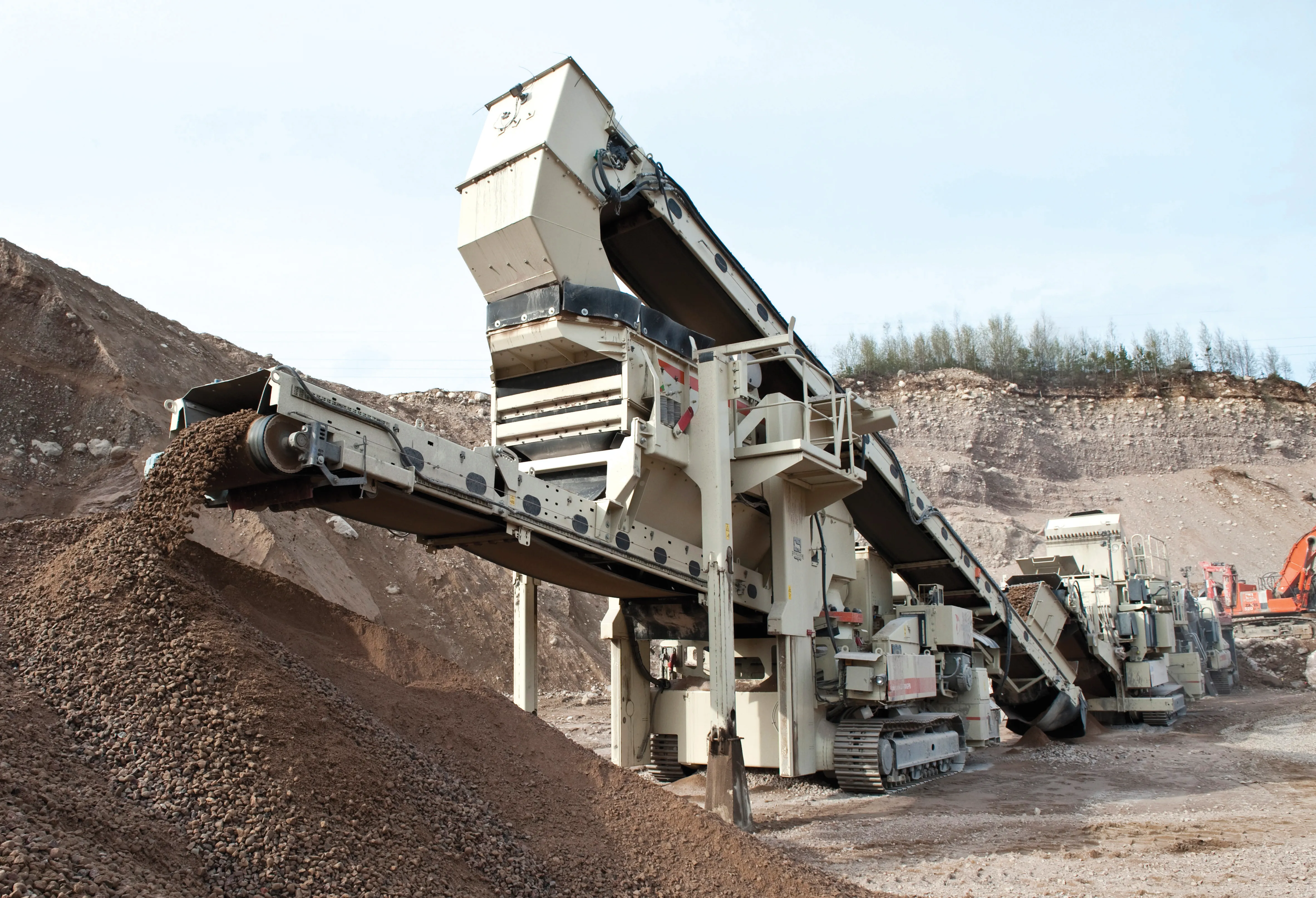A new report from the US-based Association of Equipment Manufacturers (AEM) predicts a slight increase in machine sales until 2013.
February 23, 2012
Read time: 2 mins
A new report from the US-based 1100 Association of Equipment Manufacturers (AEM) predicts a slight increase in machine sales until 2013. The AEM's construction equipment business outlook says that machinery manufacturers predict overall business in the US to close out 2010 with 6.4%, then gain 12.7% in 2011 and 14.8% in 2012, followed by 2013 growth of 13%. Meanwhile Canadian business overall is expected to be 8.2% higher in 2010 than the previous year, and record gains of 12% in 2011, 14.8% in 2012 and 12.7% in 2013. Overseas sales are also expected to show good performance, up by 14.7% for 2010 and then growing 11.8% in 2011, 12.5% in 2012 and 11.2% in 2013. "While this rebound is welcome, you have to remember our industry was down 30-50% in the recession, so there is a long way to go. Although business is improving, it will take years to recover the sales losses of 2008-2009," said AEM president Dennis Slater. He continued, "This hopeful outlook will be difficult to achieve without action now on transportation infrastructure legislation and export-promotion policies. Infrastructure investment and export agreements are proven ways to create and maintain jobs for US workers, for a sustainable recovery and meaningful uptick in equipment demand." "Export sales have helped many US manufacturers keep their doors open, and able to provide American jobs and support American communities. Eliminating trade barriers that prevent American manufacturers from selling their products in new markets is vital for a healthy and growing economy," Slater said. "The recent US-Korea export-promotion agreement is an encouraging sign, and we urge Congress to take swift action to enact this policy as well as pass the export-promotion agreements still pending with Colombia and Panama," he added.







